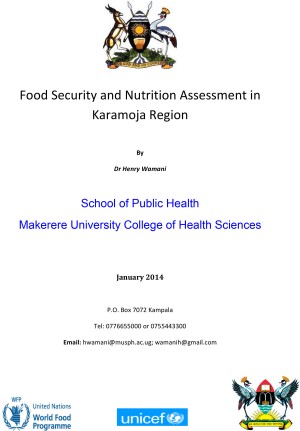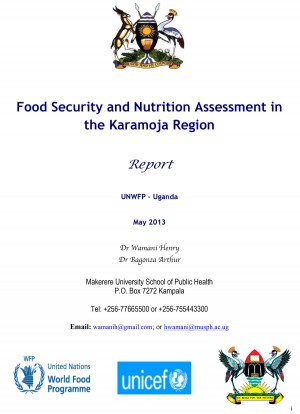Nutrition and Food Security in Karamoja Region
World Food Programme

Food Security and Nutrition Assessment for Karamoja Sub-region
The overall aim of the Karamoja FSNA was to determine the extent and severity of malnutrition in different age groups and food security of households as well as monitor selected food security, nutrition, health, water and sanitation indicators to assess programme performance
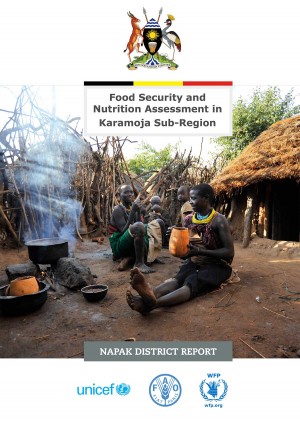
Food Security and Nutrition Assessment in Karamoja Sub-Region – Napak District Report
Napak is one of the districts in the Karamoja sub-region faced with chronic food insecurity coupled with high levels of malnutrition that are of public health concern.
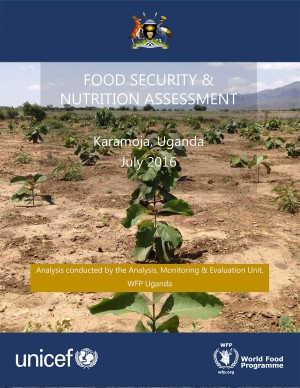
Food Security and Nutrition Assessment
Overall food security classification shows that half of the population in Karamoja (50%) is food insecure, of which 12% were found to be severely food insecure.
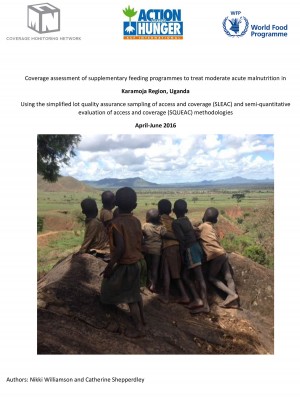
Coverage assessment of supplementary feeding programmes to treat moderate acute malnutrition in Karamoja Region, Uganda
In 2016, the World Food Programme (WFP) engaged ACF International to conduct an assessment of both supplementary feeding programme (SFP) for the treatment of moderate acute malnutrition (MAM) and the outpatient feeding programme (OTP) for the treatment of severe acute malnutrition (SAM).
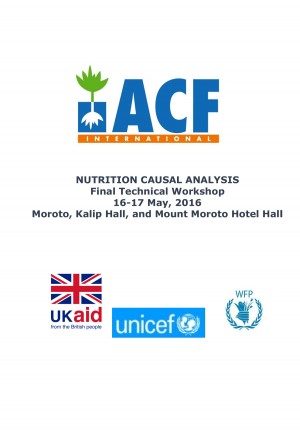
Nutrition Causal Analysis
The purpose is to go beyond generic interventions by identifying really context-specific causes in order to propose adequate solutions. The seasonality of under-nutrition can for example be very different from one livelihood zone to another. A Link NCA is not a statistical demonstration of nutrition causality that can be generalized at a national level.

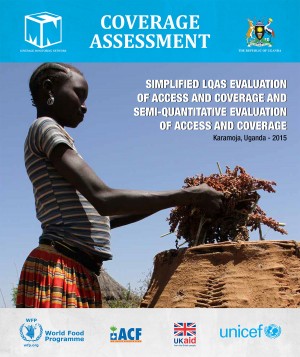
Coverage Assessment
Coverage assessments were conducted by ACF-UK in the Karamoja region from January to March 2015, in conjunction with UNICEF, WFP and MoH. The objectives of these assessments were: To map out point or period estimates of coverage of targeted areas; Identify boosters and barriers affecting coverage of OTC/SFP programs in the seven districts of the Karamoja region; In collaboration with key partners and the MoH, develop specific recommendations to improve acceptance and coverage of the program; Build capacity in MoH and key partners’ SLEAC/SQUEAC methodologies.
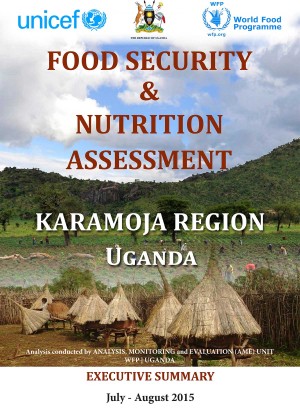
Food Security and Nutrition Assessment – Executive Summary
Food security and nutrition assessment for Karamoja region, July-August 2015
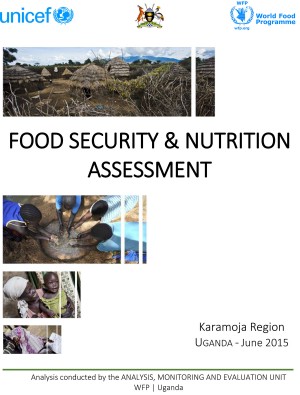
WFP and Unicef Karamoja Region Food Security and Nutrition Assessment – June 2015
Nearly half of households are currently food insecure with either borderline or poor Food Consumption Score, mainly due to the lean season that has seen a decline in food stocks at household level and contributed to food price rises (therefore reducing economic ability to purchase food). While food security status has marginally improved since June 2014, Global Acute Malnutrition (GAM) levels have deteriorated and are at highest levels since 2010
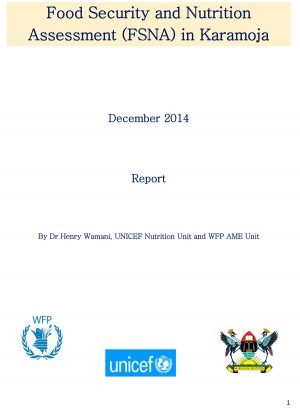

A Comprehensive Assessment of WFP NUSAF2 Karamoja Region
The key objective of the assessment was a follow-up to the NUSAF2 assessment of 2013 in order to monitor outcomes on an annual basis
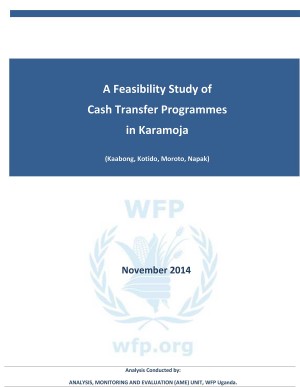
A Feasibility Study of Cash Transfer Programmes in Karamoja
The assessment reached over 1,100 households and primarily sought to assess the food security status of WFP beneficiaries and key aspects of market functionality with the view to inform potential cash/voucher programming in Karamoja.
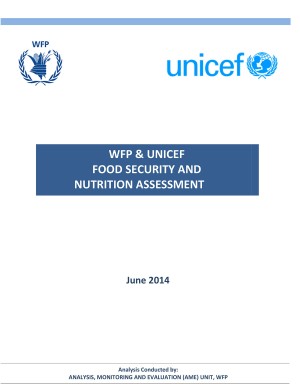
WFP and Unicef Food Security and Nutrition Assessment – June 2014
Food security and nutrition assessment for the Karamoja region.

Karamoja Food Security Assessment
February 2014 assessment of food security for the region. The main causes of current household food insecurity in Karamoja can be attributed to a combination of reduced access to food and insufficient food production (availability) across the region.
